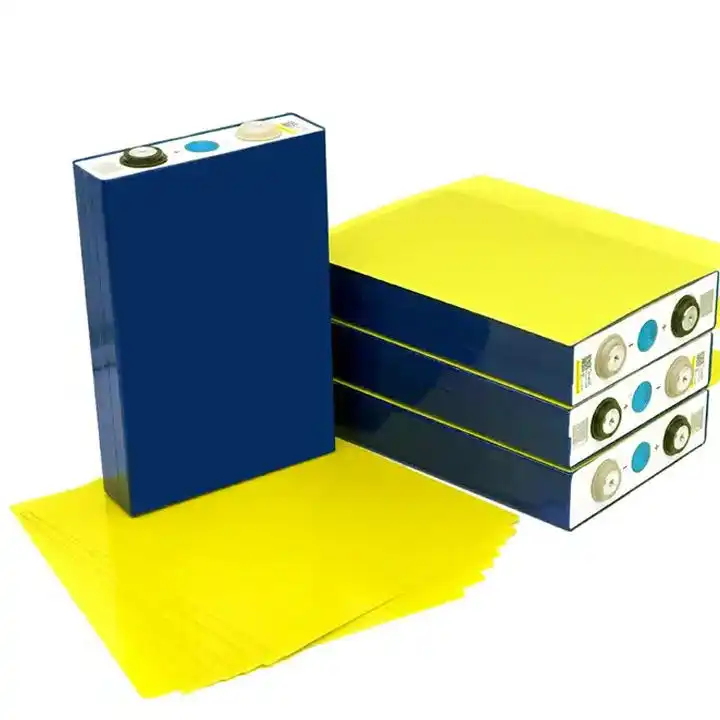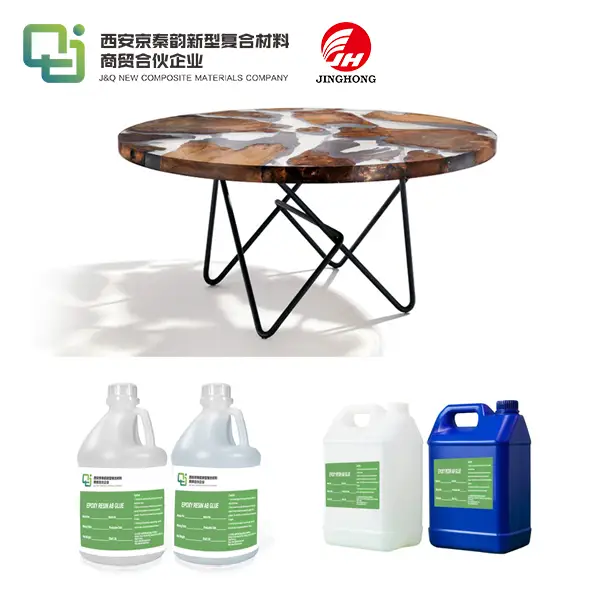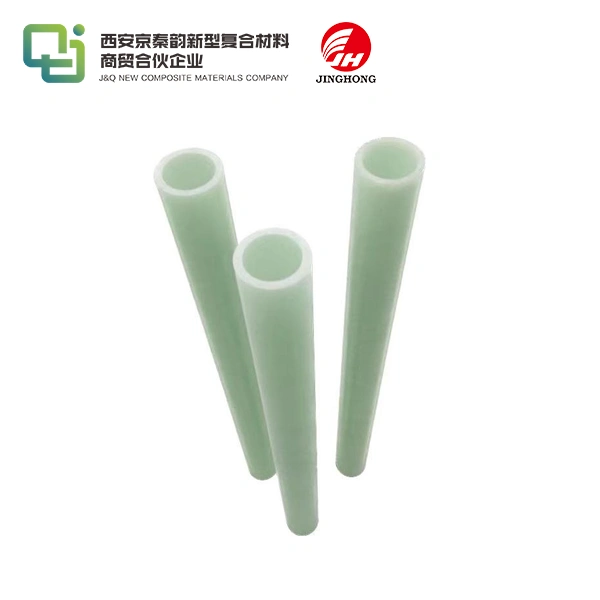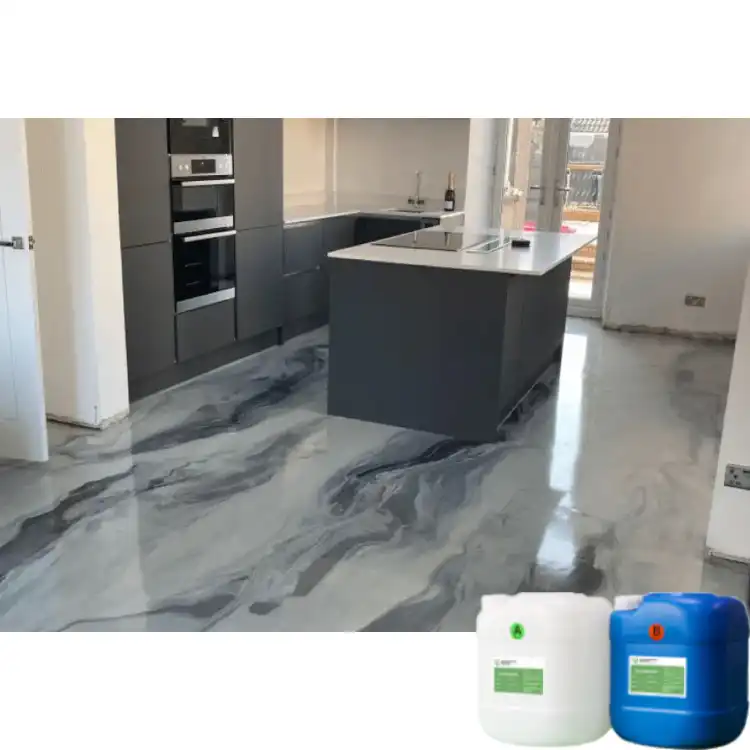Understanding Cnc Machining Tolerances To Maximize Quality, Reduce Cost, And Navigate Design Challenges
2024-11-14 17:24:21
In the world of manufacturing, precision is paramount. CNC machining has revolutionized the production process, offering unparalleled accuracy and consistency. However, to truly harness the power of CNC machining, it's crucial to understand the concept of tolerances. This comprehensive guide will delve into the intricacies of CNC machining tolerances, exploring how they impact quality, cost, and design challenges.
The Fundamentals of CNC Machining Tolerances
Defining Tolerances in CNC Machining
Tolerances in CNC machining defines the allowable variation in the dimensions of a part during the manufacturing process. These limits ensure that parts remain functional and fit within the designed specifications, even if slight deviations occur. Properly defined tolerances are crucial for ensuring consistency, improving part performance, and minimizing the risk of defects in the final product.
Types of Tolerances in CNC Machining
In CNC machining, various tolerance types are essential for achieving precision. Dimensional tolerances ensure parts are the correct size and shape, while geometric tolerances address the accuracy of features' form, orientation, and position. Surface finish tolerances specify the desired smoothness of a part’s surface. Each tolerance type ensures that the part meets design specifications and functions properly in its intended application.
The Importance of Tolerance Specifications
Clear and accurate tolerance specifications are crucial for the success of CNC machining projects. They ensure that parts align correctly, perform as required, and comply with industry standards. Well-defined tolerances also enhance collaboration between designers, manufacturers, and quality control teams, improving efficiency, reducing the risk of defects, and ensuring a smoother production process with fewer costly mistakes.
Maximizing Quality Through Precise Tolerance Control
The Relationship Between Tolerances and Part Quality
Tighter tolerances generally lead to higher quality parts, as they ensure greater precision and consistency. However, it's important to strike a balance, as excessively tight tolerances can lead to increased production costs and complexity. Understanding the specific requirements of your application is key to determining the optimal tolerance levels for maximizing quality.
Implementing Quality Control Measures
To maintain high-quality standards, it's essential to implement robust quality control measures. This may include regular calibration of CNC machines, using advanced measurement tools like coordinate measuring machines (CMMs), and conducting thorough inspections throughout the manufacturing process. These measures help ensure that parts consistently meet the specified tolerances.
Leveraging Advanced CNC Technologies for Precision
Modern CNC machines offer advanced features that enhance precision and tolerance control. Multi-axis machining, high-speed spindles, and thermal compensation systems are just a few examples of technologies that can improve part quality. Staying up-to-date with these advancements can give manufacturers a competitive edge in achieving tighter tolerances and higher quality standards.
Cost Reduction Strategies in Tolerance-Driven Manufacturing
Balancing Tolerance and Cost
While tighter tolerances can improve part quality, they often come at a higher cost. It's crucial to find the right balance between precision and economic viability. This involves carefully analyzing the functional requirements of the part and determining which dimensions truly need tight tolerances. By relaxing tolerances where possible, manufacturers can significantly reduce production costs without compromising functionality.
Optimizing Machining Parameters
Efficient machining strategies can help reduce costs while maintaining tight tolerances. This includes optimizing cutting speeds, feed rates, and tool paths to minimize machining time and tool wear. Advanced CAM software can simulate machining processes, allowing manufacturers to identify and resolve potential issues before production begins, thus saving time and resources.
Embracing Lean Manufacturing Principles
Implementing lean manufacturing principles can lead to substantial cost savings in tolerance-driven production. Techniques such as value stream mapping, just-in-time production, and continuous improvement can help streamline processes, reduce waste, and improve overall efficiency. By focusing on eliminating non-value-added activities, manufacturers can achieve tighter tolerances at a lower cost.

Navigating Design Challenges in CNC Machining Tolerances
Designing for Manufacturability
Effective design for manufacturability (DFM) is crucial when dealing with tight tolerances. This approach involves considering manufacturing constraints and capabilities during the design phase. By incorporating features that are easier to machine accurately, such as avoiding deep pockets or thin walls, designers can help ensure that parts meet tolerance requirements without excessive cost or complexity.
Addressing Material Considerations
Different materials present unique challenges when it comes to achieving tight tolerances. Factors such as thermal expansion, machinability, and material stability all play a role in determining the achievable tolerances. Understanding these material properties and their impact on machining processes is essential for successful design and production of precision parts.
Utilizing Simulation and Analysis Tools
Advanced simulation and analysis tools can be invaluable in navigating design challenges related to tolerances. Finite element analysis (FEA) software can help predict how parts will behave under various conditions, allowing designers to optimize geometries and tolerances for optimal performance. Similarly, tolerance analysis software can simulate the cumulative effect of tolerances in assemblies, helping to identify potential issues before production begins.
Conclusion
Understanding CNC machining tolerances is crucial for maximizing quality, reducing costs, and overcoming design challenges in modern manufacturing. By carefully considering tolerance specifications, implementing effective quality control measures, and leveraging advanced technologies, manufacturers can achieve high precision while maintaining cost-effectiveness. Embracing design for manufacturability principles and utilizing simulation tools further enhances the ability to navigate complex tolerance requirements, ultimately leading to superior products and increased competitiveness in the global market.
Contact Us
Ready to optimize your CNC machining processes (FR4 sheet, G10 sheet, 3240 epoxy sheet,bakelite sheet) and achieve tighter tolerances? Contact our team of experts at info@jhd-material.com for personalized guidance and solutions tailored to your specific manufacturing needs.
References
1. Smith, J. (2022). Precision Manufacturing: Mastering CNC Machining Tolerances. Journal of Advanced Manufacturing Technology, 45(3), 287-301.
2. Johnson, A., & Brown, T. (2021). Cost-Effective Strategies for Tight Tolerance Machining. International Journal of Production Economics, 232, 107931.
3. Lee, K., et al. (2023). Design for Manufacturability in High-Precision CNC Machining. Journal of Manufacturing Systems, 66, 612-625.
4. Wilson, M. (2022). Advanced Quality Control Techniques for CNC Machined Parts. Quality Engineering, 34(2), 178-192.
5. Chen, Y., & Davis, R. (2021). Material Considerations in Achieving Tight Tolerances for CNC Machining. Materials & Design, 208, 109889.
6. Thompson, S. (2023). Simulation and Analysis Tools for Optimizing CNC Machining Tolerances. Computer-Aided Design and Applications, 20(4), 728-741.







